At the time, the Hyundai-Kia atmosphere was good. Their dominance in the domestic market was growing stronger, and sales in China were also at their peak.
However, they were criticized for neglecting the development of new products that would lead the trend of changing from sedans to SUVs. For example, in Korea, Ssangyong Motor's Tivoli, which came out in 2015, led the compact SUV market, but Hyundai and Kia's compact SUVs, such as the Kona and Stonic, came out in 2017. This is evaluated as the reason why Hyundai and Kia suffered from sluggish global sales in the late 2010s.
The design was also approached somewhat conservatively. Representative new cars during this period include the Sonata (LF), Avante (AD), Grandeur (IG), K5 (JF), and K7 (YG). Perhaps because they received favorable reviews globally in the previous cycle, the exterior did not change much despite being a full model change. At the time, Hyundai Motor Company presented 'Fluidic Sculpture 2.0', which was a more refined version of 'Fluidic Sculpture' that emphasized natural curves, as its design philosophy.
The first thing they did was expand their new SUV lineup. They introduced large SUVs such as the Hyundai Palisade and Kia Telluride (North America). To respond to the popularity of compact SUVs, they also added models such as the Hyundai Venue and Kia Seltos. Genesis added SUV models such as the GV80 and GV70 to its lineup for the first time.
Product competitiveness has led to performance. Hyundai Motor Company and Kia Motors have been writing their best annual performances every year since 2020.
However, Hyundai and Kia have not lost their confidence. The basis for this is the new car cycle that will begin in earnest next year. New cars scheduled for full-scale change next year include volume models such as the Hyundai Palisade, Kia Seltos, and Telluride. They also plan to introduce models that did not previously exist, such as the Hyundai large electric SUV Ioniq 9, Kia pickup truck Tasman, and India-only light SUV Siros.
Hyundai and Kia currently only have a 1.6 gasoline turbo-based hybrid system suitable for mid-sized and mid-sized vehicles. The next-generation hybrid system is expected to expand the range of vehicle applications from compact to large vehicles. The hybrid mass-produced vehicle Hyundai mentioned in January next year is expected to be the second-generation Palisade, which will be equipped with a 2.5 gasoline turbo hybrid system.
Hyundai CFO Lee Seung-jo said, “The situation is not easy,” but added, “The promised mid- to long-term operating profit rate of 8-9% is still valid.” Kia CFO Vice President Joo Woo-jung said, “Kia will release the most new cars in its history in 2025-2026,” and added, “If product competitiveness is the foundation, high profitability will continue to follow.”
Gwak Horyung (horr@fntimes.com)











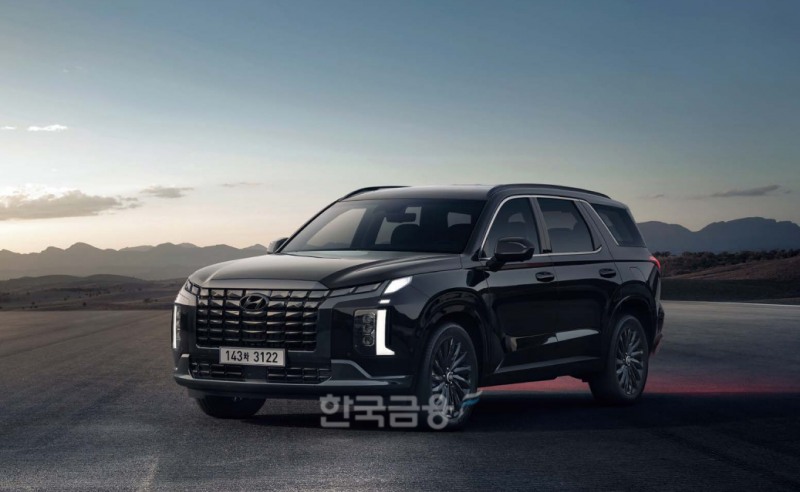
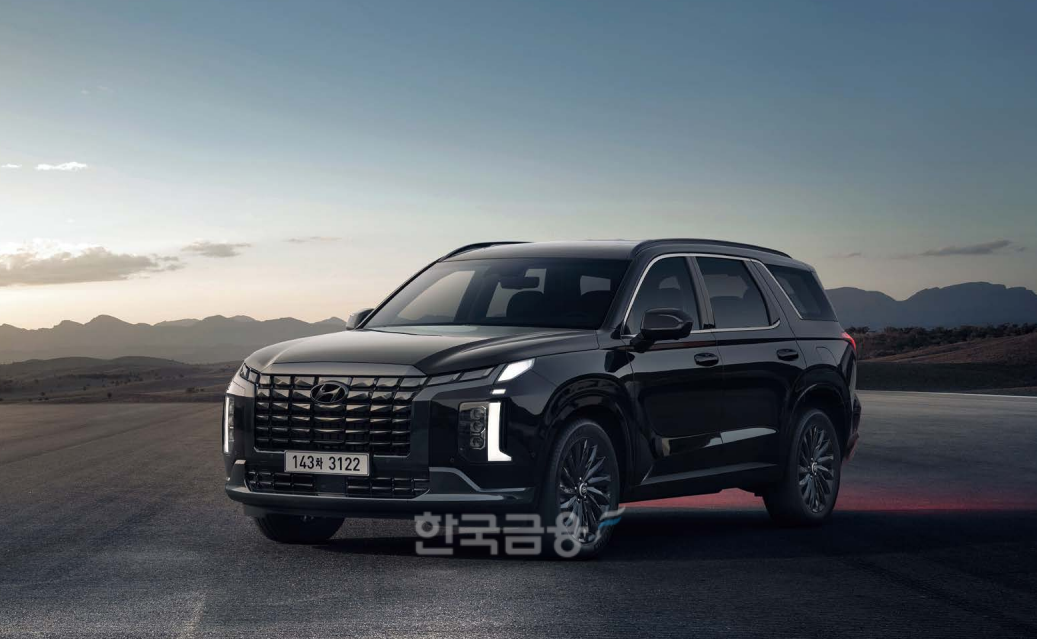
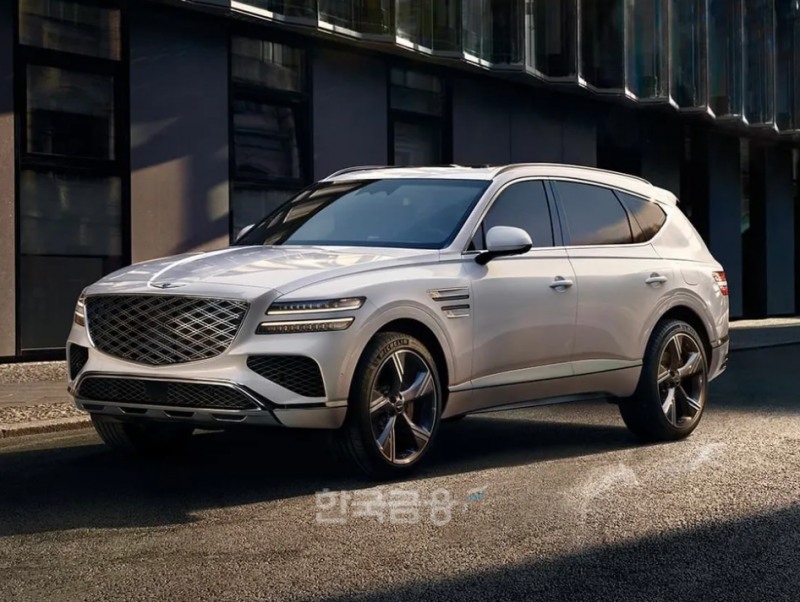
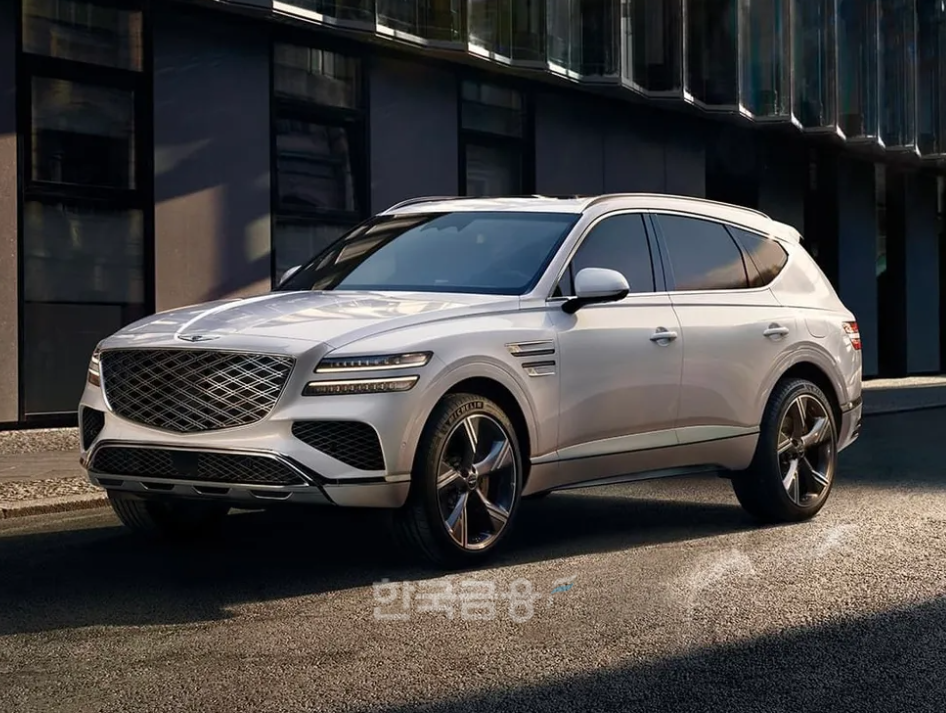






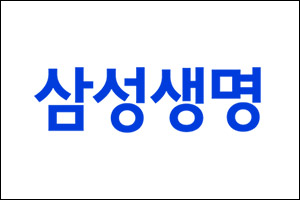










![[현장] "출시 3주 만에 30만개!" bhc 회심의 '콰삭킹' 먹어보니](https://cfnimage.commutil.kr/phpwas/restmb_setimgmake.php?pp=006&w=69&h=45&m=5&simg=20250328134522028916febc6baa6125186174175.jpg&nmt=18)



![롯데손보, 윤태식 전 관세청장 사외이사로…관 출신 라인업 보강 [보험사 사외이사 풍향계]](https://cfnimage.commutil.kr/phpwas/restmb_setimgmake.php?pp=006&w=69&h=45&m=5&simg=2025032415553907777300bf52dd217521479195.jpg&nmt=18)
















![[카드뉴스] KT&G ‘Global Jr. Committee’, 조직문화 혁신 방안 제언](https://cfnimage.commutil.kr/phpwas/restmb_setimgmake.php?pp=006&w=298&h=298&m=1&simg=202503261121571288de68fcbb3512411124362_0.png&nmt=18)


![[카드뉴스] 국립생태원과 함께 환경보호 활동 강화하는 KT&G](https://cfnimage.commutil.kr/phpwas/restmb_setimgmake.php?pp=006&w=298&h=298&m=1&simg=202403221529138957c1c16452b0175114235199_0.png&nmt=18)
![[카드뉴스] 신생아 특례 대출 조건, 한도, 금리, 신청방법 등 총정리...연 1%대, 최대 5억](https://cfnimage.commutil.kr/phpwas/restmb_setimgmake.php?pp=006&w=298&h=298&m=1&simg=20240131105228940de68fcbb35175114235199_0.jpg&nmt=18)
![[신간] 리빌딩 코리아 - 피크 코리아 극복을 위한 생산성 주도 성장 전략](https://cfnimage.commutil.kr/phpwas/restmb_setimgmake.php?pp=006&w=81&h=123&m=5&simg=2025032814555807705f8caa4a5ce12411124362.jpg&nmt=18)
![[신간] 지속 가능 경영, 보고와 검증](https://cfnimage.commutil.kr/phpwas/restmb_setimgmake.php?pp=006&w=81&h=123&m=5&simg=2025011710043006774f8caa4a5ce12411124362.jpg&nmt=18)
![[서평] 추세 매매의 대가들...추세추종 투자전략의 대가 14인 인터뷰](https://cfnimage.commutil.kr/phpwas/restmb_setimgmake.php?pp=006&w=81&h=123&m=5&simg=2023102410444004986c1c16452b0175114235199.jpg&nmt=18)

![[신간] 똑똑한 금융생활...건전한 투자와 건강한 재무설계 지침서](https://cfnimage.commutil.kr/phpwas/restmb_setimgmake.php?pp=006&w=81&h=123&m=5&simg=2025031015443705043c1c16452b012411124362.jpg&nmt=18)

![[카드뉴스] KT&G ‘Global Jr. Committee’, 조직문화 혁신 방안 제언](https://cfnimage.commutil.kr/phpwas/restmb_setimgmake.php?pp=006&w=89&h=45&m=1&simg=202503261121571288de68fcbb3512411124362_0.png&nmt=18)
![[AD] 기아, 혁신적 콤팩트 SUV ‘시로스’ 세계 최초 공개](https://cfnimage.commutil.kr/phpwas/restmb_setimgmake.php?pp=006&w=89&h=45&m=1&simg=2024123113461807771f9c516e42f12411124362.jpg&nmt=18)
![[AD] 아이오닉5 '최고 고도차 주행 전기차' 기네스북 올랐다...압도적 전기차 입증](https://cfnimage.commutil.kr/phpwas/restmb_setimgmake.php?pp=006&w=89&h=45&m=1&simg=2024123113204707739f9c516e42f12411124362.jpg&nmt=18)




